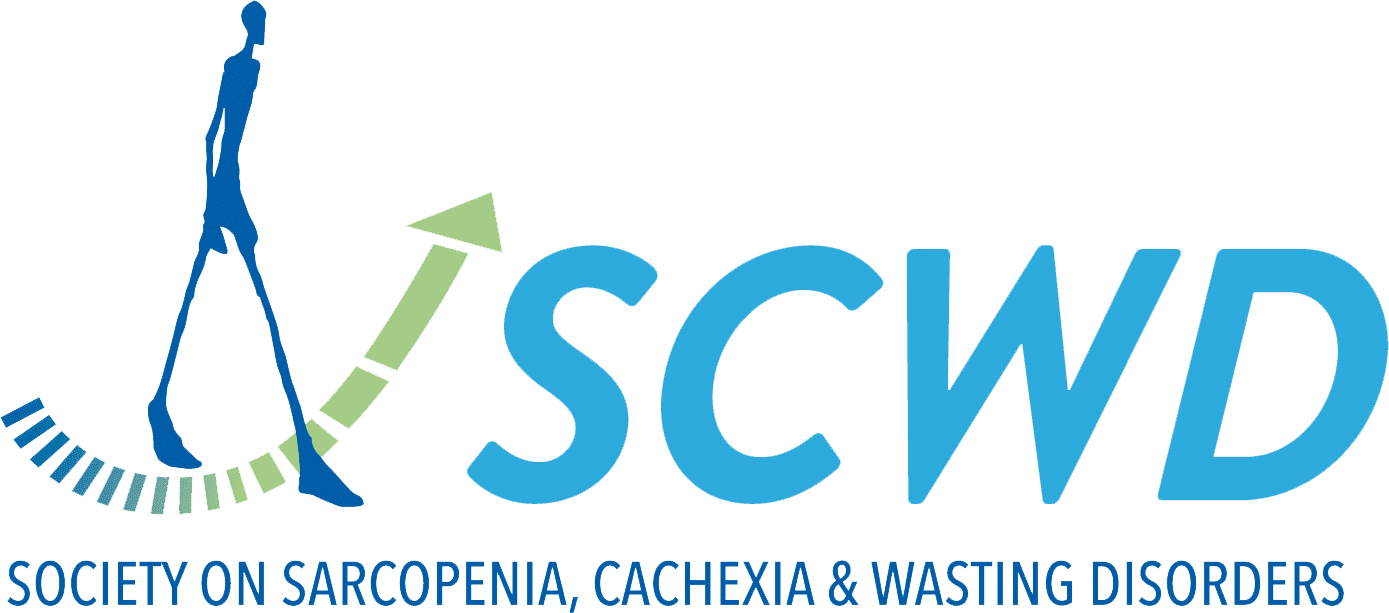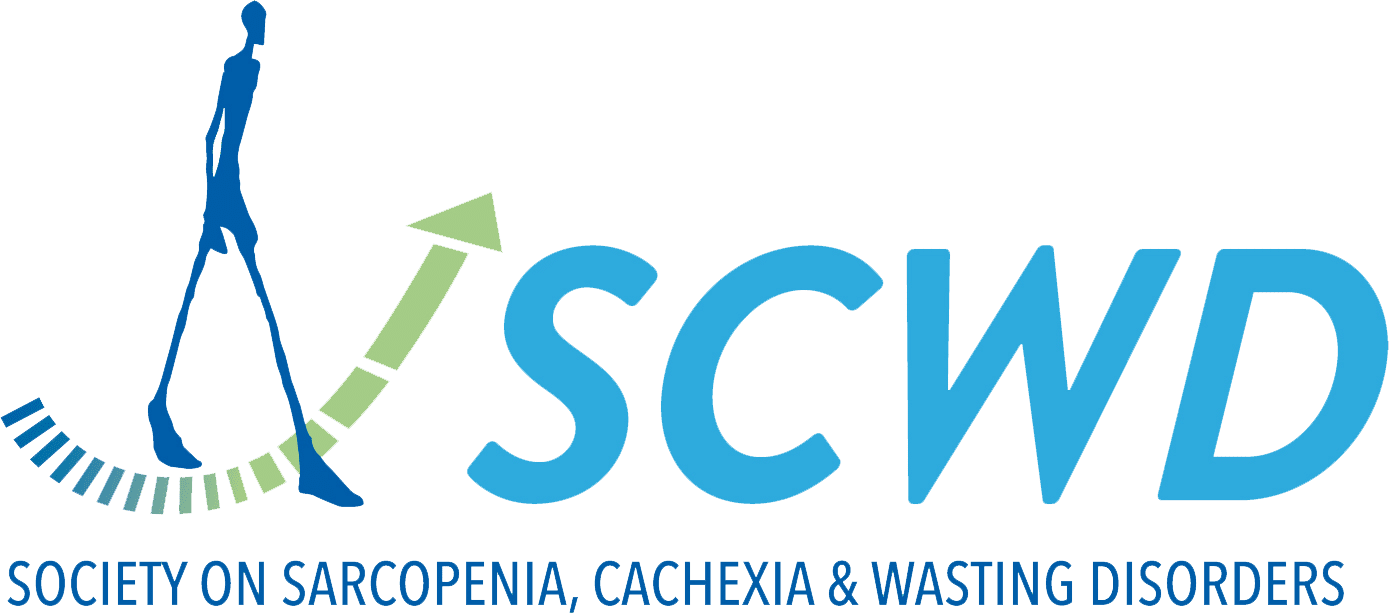Impaired cAMP-PKA-CREB1 signalling drives mitochondrial dysfunction in skeletal muscle during cancer cachexia.
Skeletal muscle wasting is a defining feature of cancer cachexia, a multifactorial syndrome that drastically compromises patient quality of life and treatment outcomes. Mitochondrial dysfunction is a major contributor to skeletal muscle wasting in cancer cachexia, yet the upstream molecular...


